



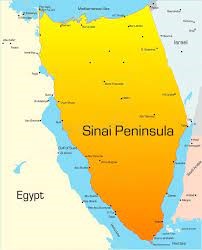
Disclaimer: Copyright infringement not intended.
Context
About Sinai Peninsula
History of Sinai Peninsula
|
PRACTICE QUESTION Q. Consider the following statements in relation to the Sinai Peninsula.
Which of the following assertions is/are correct?
Answer: B |

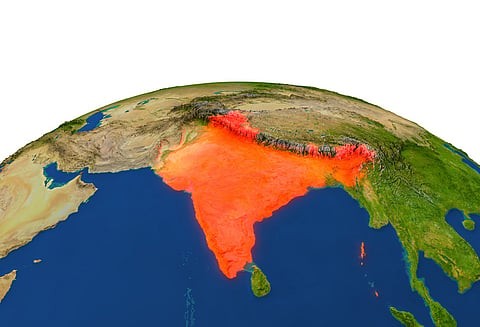
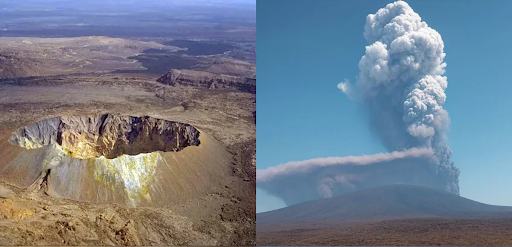
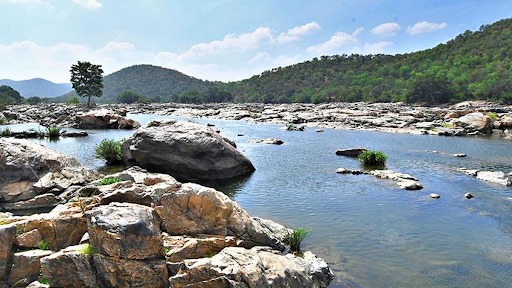

© 2025 iasgyan. All right reserved